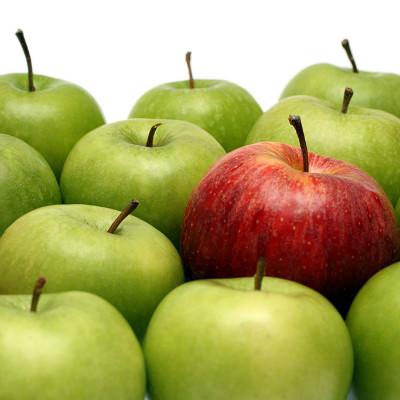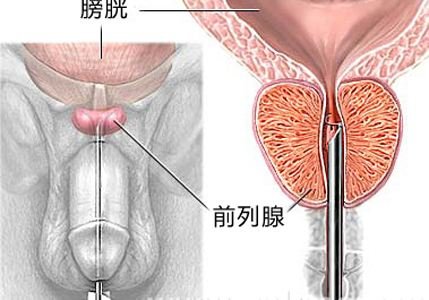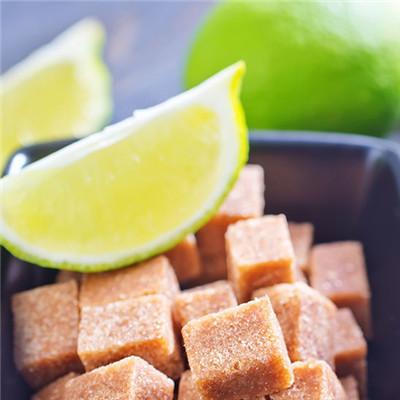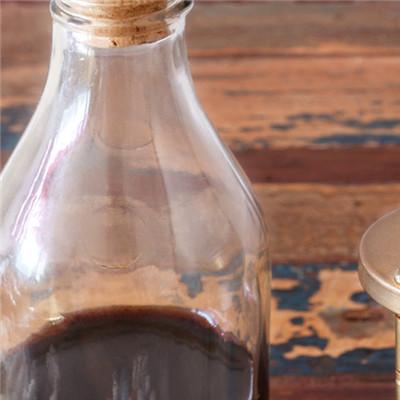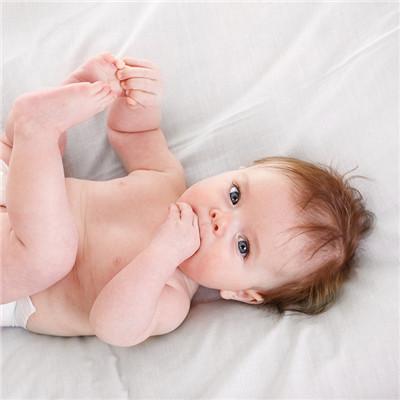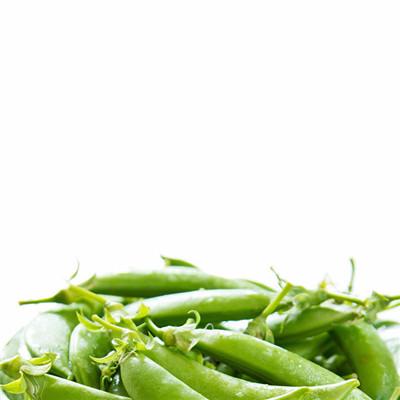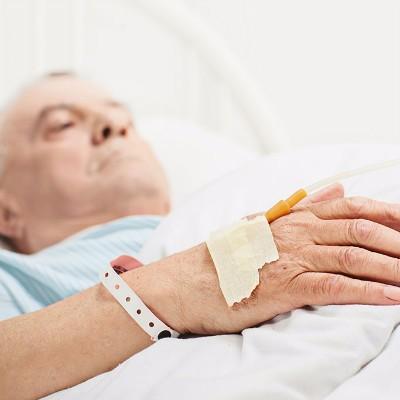Take compound Danshen Tablets for pleural adhesion
summary
The so-called pleural adhesion is the relative two layers of pleural adhesion. The disease is caused by tuberculosis, pleurisy and chest injury. The reason is that there is often exudative effusion in the pleural cavity of patients with such injuries. Once the fibrin in the effusion is deposited on the pleura, it can lead to pleural thickening. If fibrin is continuously deposited, the two layers of pleura will gradually adhere, or there is granulation tissue hyperplasia in the pleural cavity, it can also lead to pleural thickening and adhesion. Let's take a look at the treatment of pleural adhesion
Take compound Danshen Tablets for pleural adhesion
The pathology of pleural adhesion is due to the deposition of fibrin on the pleura, or the proliferation of granulation tissue, which can lead to pleural thickening. If there are relatively two layers of pleural adhesion, it becomes pleural adhesion. Pleural thickening and adhesions are the result of pleurisy or pleural effusion. Pleural thickening can be localized or extensive. Extensive visceral pleural thickening can affect the respiratory function of the lung. Extensive mural pleural thickening can narrow the costal space and narrow the chest.
Traditional Chinese medicine is mainly used for promoting blood circulation and removing blood stasis, regulating qi and dredging collaterals, dispersing knots and relieving pain. Basic formula: Danggui, chuanxiong, Yuanhu, Zhike, wulingzhi, Zelan each 15g, Taoren 10 ~ 15g, Honghua, tuchong each 10g, zedoary turmeric 20g, Luffa Luo, oyster (first fried) each 30g. 1 dose per day, decocted three times. Those under 18 years old should be given less weight. For those with fatigue, dangshen 15g, Huangqi 25g and Baizhu 15g were added; for those with night sweat, Digupi 15g, Baihe 15g and Fumai 15g were added; for those with obvious chest pain, Yujin 15g and juluo 15g were added; for those with bone steaming and hot, Biejia 20g and Gentiana 15g were added. The patients who were treated with triple or double antituberculosis drugs for less than half a year were treated with triple or double antituberculosis drugs for at least half a year.
Pleural adhesions often appear in the recovery stage and after the cure of pleurisy. Generally, there are different degrees of chest tightness, discomfort, chest pain, etc., which are obvious during deep breathing. Pleural adhesions belong to the categories of "chest obstruction" and "c026" in traditional Chinese medicine. Its pathological feature is Qi stagnation and blood stasis. The author used traditional Chinese medicine to promote blood circulation and remove blood stasis to treat the disease, and the curative effect was satisfactory
matters needing attention
The majority of pleurisy is tuberculous, which can occur at any age, mostly in young and middle-aged people, accompanied by pleural effusion. Once out of treatment, improper treatment or serious condition, it is easy to be complicated with pleural adhesion thickening, and its mechanism is caused by fibrin deposition. Activating blood circulation and removing blood stasis can promote the degradation of fibrin, and eventually soften and absorb the lesion, and the disease tends to recover.
